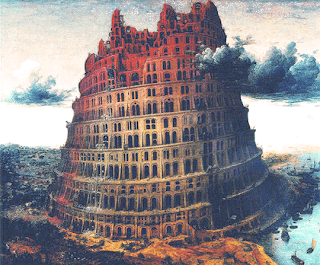
 Pieter Bruegel the Elder (c. 1525 – September 9, 1569) was a Netherlandish Renaissancepainter and printmaker known for his landscapes and peasant scenes (Genre Painting). He is nicknamed 'Peasant Bruegel' to distinguish him from other members of the Brueghel dynasty, but is also the one generally meant when the context does not make clear which "Bruegel" is being referred to. From 1559 he dropped the 'h' from his name and started signing his paintings as Bruegel.
Pieter Bruegel the Elder (c. 1525 – September 9, 1569) was a Netherlandish Renaissancepainter and printmaker known for his landscapes and peasant scenes (Genre Painting). He is nicknamed 'Peasant Bruegel' to distinguish him from other members of the Brueghel dynasty, but is also the one generally meant when the context does not make clear which "Bruegel" is being referred to. From 1559 he dropped the 'h' from his name and started signing his paintings as Bruegel.Themes
Bruegel specialized in landscapes populated by peasants. He is often credited as being the first Western painter to paint landscapes for their own sake, rather than as a backdrop for history painting.
Attention to the life and manners of peasants was rare in the arts in Brueghel's time. His earthy, unsentimental but vivid depiction of the rituals of village life—including agriculture, hunts, meals, festivals, dances, and games—are unique windows on a vanished folk culture and a prime source of iconographic evidence about both physical and social aspects of 16th century life. For example, the painting Netherlandish Proverbs illustrates dozens of then-contemporary aphorisms (many of them still in use in current Dutch or Flemish), and Children's Games shows the variety of amusements enjoyed by young people. His winter landscapes of 1565 (e.g. Hunters in the Snow) are taken as corroborative evidence of the severity of winters during the Little Ice Age.
Using abundant spirit and comic power, he created some of the early images of acute social protest in art history. Examples include paintings such as The Fight Between Carnival and Lentsatire of the conflicts of the Reformation) and engravings like The Ass in the School and Strongboxes Battling Piggybanks. On his deathbed he reportedly ordered his wife to burn the most subversive of his drawings to protect his family from political persecution.[1].JPG)

No comments:
Post a Comment